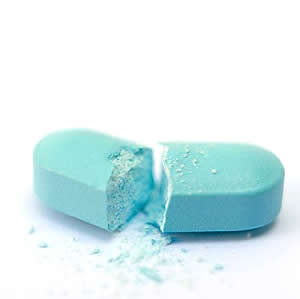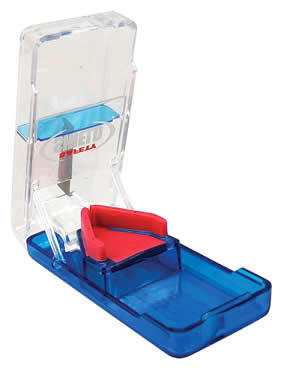 The Dos and Don’ts of Pill SplittingWATCH SEGMENT ON KFOR-TV The do-it-yourself practice of pill splitting – literally cutting them in half – has become a popular way to save on prescription medication costs but you need to talk to your doctor or pharmacist first, because not all pills can be split.  The reason pill splitting is such a money saver is because of a quirk in the way drugs are manufactured and priced. A pill that’s twice as strong as another may not be twice the price. In fact, it’s usually about the same price. So, buying a double-strength dose and cutting it in half may allow you to get two months worth of medicine for the price of one. But is it safe? As long as your doctor agrees that splitting your pills is OK for you, you learn how to do it properly, and you split only pills that can be split, there’s really no danger. Ask Your Doctor
Use a Splitter For convenience, you might be tempted to split the whole bottle of pills at once. But it’s best to do the splitting on the day you take the first half, and then take the other half on the second day or whenever you are scheduled to take your next dose. That will help keep the drugs from deteriorating due to exposure to heat, moisture, or air. It will also help ensure that any deviation in the size of one dose is compensated in the next. It’s also important to know that pills are only safely split in half, and never into smaller portions such as into thirds or quarters. Don’t Split These Again, your doctor or pharmacist will know which drugs can and cannot be split. If you’re taking a medicine that can be split, you’ll need to get a prescription from your doctor for twice the dosage you need. Then you can start splitting safely, and saving. |





 The pills that are easiest to split are those with a score down the middle. However, not every pill that’s scored is meant to be split. Pills that are most commonly split include:
The pills that are easiest to split are those with a score down the middle. However, not every pill that’s scored is meant to be split. Pills that are most commonly split include: